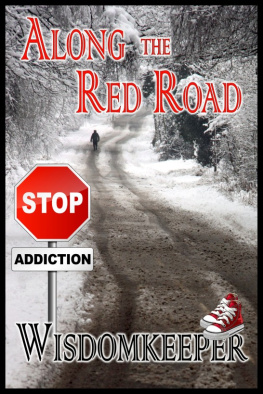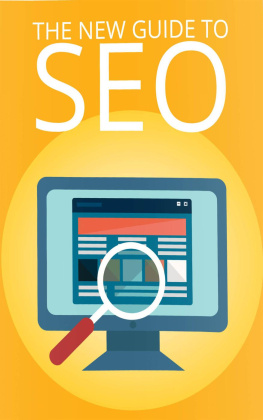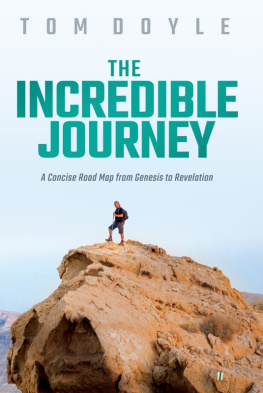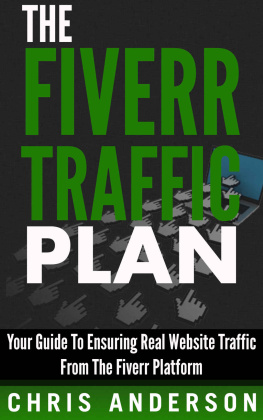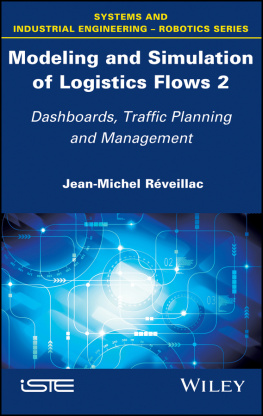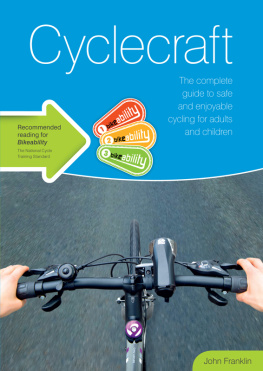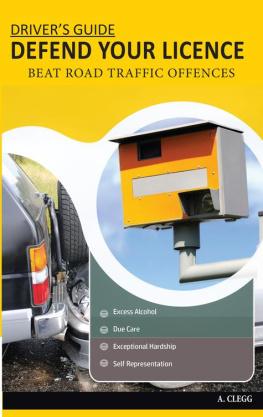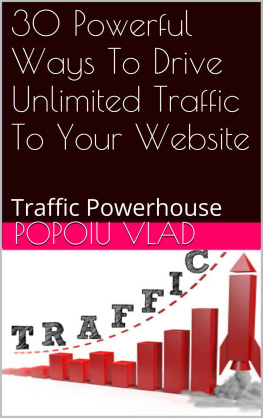John C. Falcocchio - Road Traffic Congestion: A Concise Guide
Here you can read online John C. Falcocchio - Road Traffic Congestion: A Concise Guide full text of the book (entire story) in english for free. Download pdf and epub, get meaning, cover and reviews about this ebook. City: Cham, year: 2016, publisher: Springer International Publishing, genre: Romance novel. Description of the work, (preface) as well as reviews are available. Best literature library LitArk.com created for fans of good reading and offers a wide selection of genres:
Romance novel
Science fiction
Adventure
Detective
Science
History
Home and family
Prose
Art
Politics
Computer
Non-fiction
Religion
Business
Children
Humor
Choose a favorite category and find really read worthwhile books. Enjoy immersion in the world of imagination, feel the emotions of the characters or learn something new for yourself, make an fascinating discovery.
- Book:Road Traffic Congestion: A Concise Guide
- Author:
- Publisher:Springer International Publishing
- Genre:
- Year:2016
- City:Cham
- Rating:4 / 5
- Favourites:Add to favourites
- Your mark:
- 80
- 1
- 2
- 3
- 4
- 5
Road Traffic Congestion: A Concise Guide: summary, description and annotation
We offer to read an annotation, description, summary or preface (depends on what the author of the book "Road Traffic Congestion: A Concise Guide" wrote himself). If you haven't found the necessary information about the book — write in the comments, we will try to find it.
Road Traffic Congestion: A Concise Guide — read online for free the complete book (whole text) full work
Below is the text of the book, divided by pages. System saving the place of the last page read, allows you to conveniently read the book "Road Traffic Congestion: A Concise Guide" online for free, without having to search again every time where you left off. Put a bookmark, and you can go to the page where you finished reading at any time.
Font size:
Interval:
Bookmark:
Background
- If you have moved your young family in the suburbs where you could afford the house and your commute has become longer and more stressful, you will favor the construction of more road capacity, or an affordable, faster transit service.
- If you can afford to buy or rent in the central city, roadway traffic congestion may not bother you too much, but crowded buses or trains, or station platforms will. If you live in the city, therefore, you would favor improving transit service and bicycle routes for your mobility needs.
- If you are an urban economist, you are concerned with marginal cost pricing and are likely to favor reducing traffic demand through congestion pricing. You will be supported by environmentalists and those living near congested roadways because less motor vehicle traffic improves air quality. But congestion pricing is likely to be opposed by suburban commuters because it will increase their commuting costupsetting the cost balance of their housing and commuting that they were counting on when they decided on the housing location choice. In addition, low-income commuters will tend to oppose congestion pricing preferring free roads that require waiting on traffic queues to toll roads that reduce congested travel.
- If you are an environmental advocate you will support higher land density developments such as smart growth because you want to reduce the growth of vehicle miles of travel (VMT). But if you are a developer, you are concerned about the demand for high density housing in suburban areas.
- Transportation planners and environmental groups advocate more transit capacity to encourage travelers to use transit service and they are typically joined by economists in promoting the idea of using revenues from congestion pricing to finance transit improvements.
- If you are a traffic engineer, you will seek to reduce traffic congestion by removing capacity bottlenecks through capacity expansion, and you will favor the application of advanced technologies to improve the efficiency of the road network.
Font size:
Interval:
Bookmark:
Similar books «Road Traffic Congestion: A Concise Guide»
Look at similar books to Road Traffic Congestion: A Concise Guide. We have selected literature similar in name and meaning in the hope of providing readers with more options to find new, interesting, not yet read works.
Discussion, reviews of the book Road Traffic Congestion: A Concise Guide and just readers' own opinions. Leave your comments, write what you think about the work, its meaning or the main characters. Specify what exactly you liked and what you didn't like, and why you think so.


